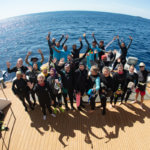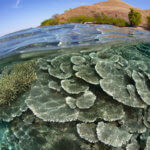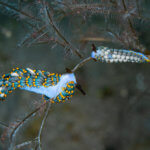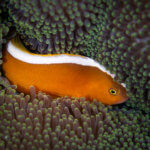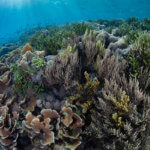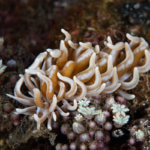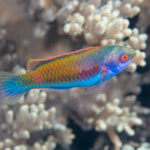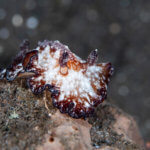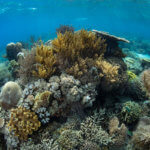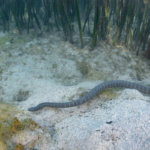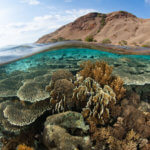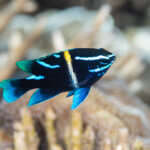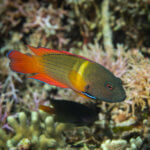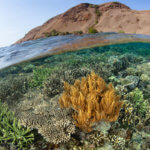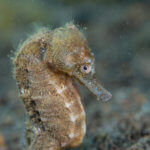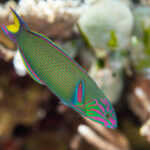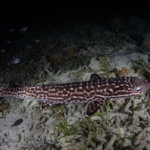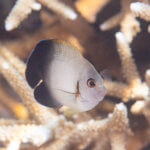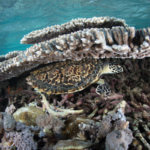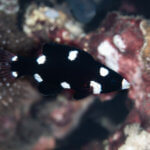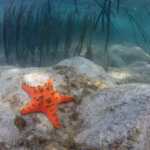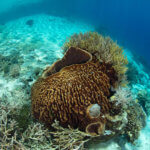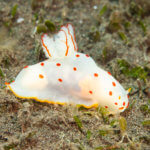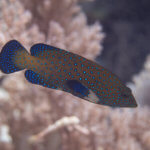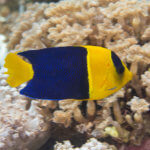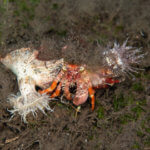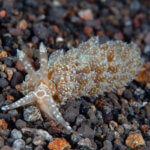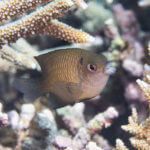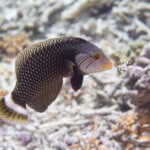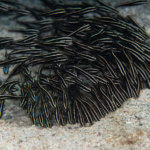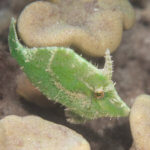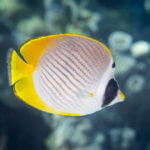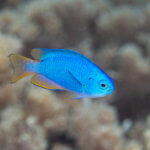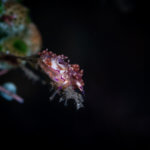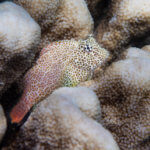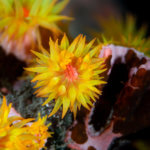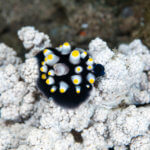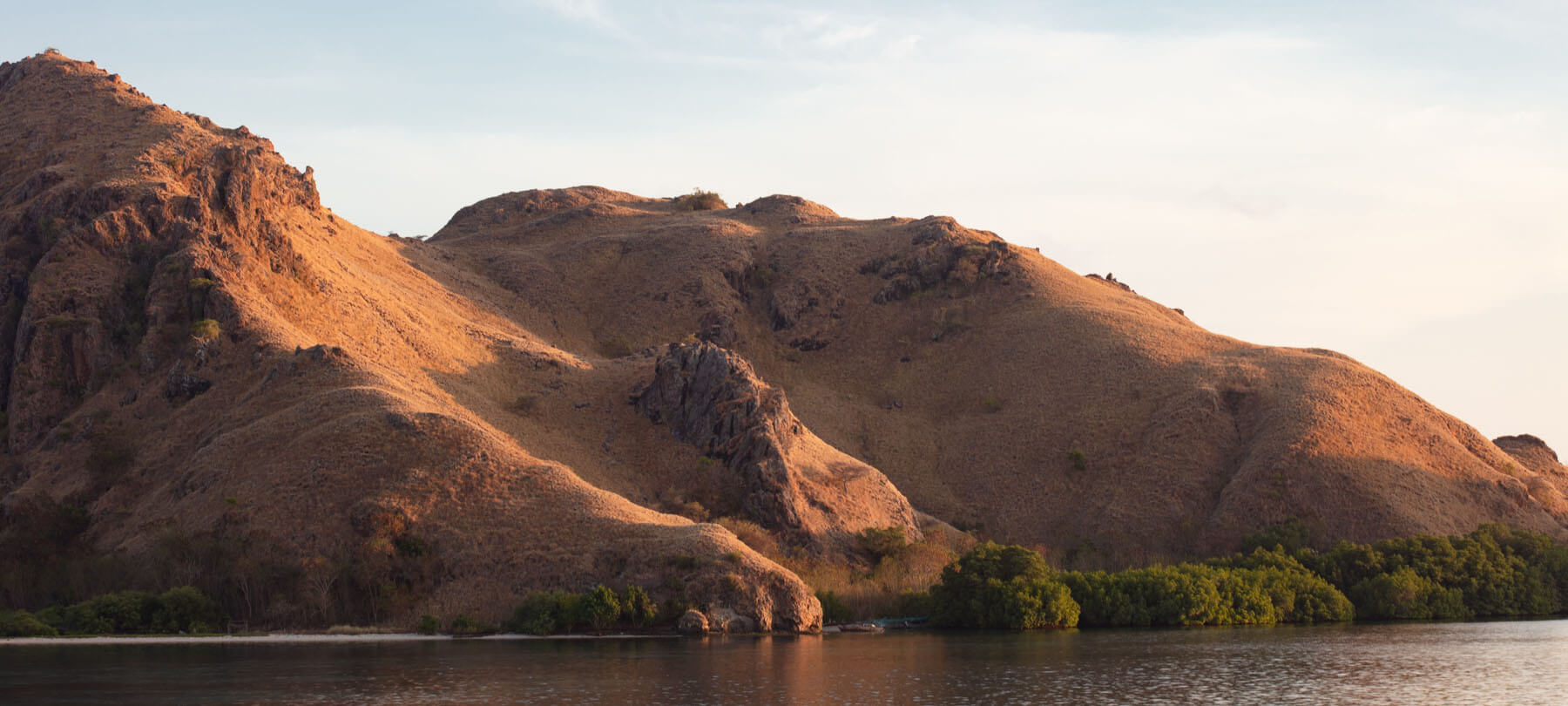
Komodo National Park, September 2022 Trip Report
We’re back! It’s been almost three years to the day since returning to the rugged, beautiful islands of Komodo National Park (KNP) and while much has changed, two things have remained the same; Komodo dragons still rule the islands, and the surrounding reefs are still some of the best in the world. Cool, nutrient-rich water from the Indian Ocean flows into the park to mix with warm, tropical water of the Pacific Ocean creating a perfect environment for the robust growth coral and fishes. And since many of these reefs are shallow water, often growing right to the limits of the low tide, it makes ideal conditions for our group of excited snorkelers.
The beautiful Gaia Love and its incredible crew hosted us for our ten-day snorkeling adventure in Komodo National Park. We began with a visit to several of the northern islands where lush coral reefs grow right up to the shoreline. Pleasant, but sometimes brisk, tidal currents gave us the chance to simply float above the underwater world and watch the colorful and insanely diverse reef life below. It seemed like turtles, mostly hawksbill but a few green sea turtles, accompanied us on every snorkel and never seemed too afraid to pose for a photo or two! Sharks, both blacktip and whitetip were also quite common, another sign of a healthy reef environment. Lying just to the west of KNP is Gili Banta, a deceased volcano whose rim creates a crescent-shaped ridge line rising hundreds of feet above the surrounding blue sea. We had great weather that allowed us to snorkel some of the more exposed reefs, giving us the chance to see different types of branching and massive corals. We also timed it with the low tide so that everyone could see the yellow-spotted scorpionfish and guard crabs that live between the branches of Pocilloporid corals.
To the northwest of the park lies the massive island-volcano called Sangeang. Black sand beaches surround the island and at our snorkel sites, the shallow substrate offers many chances for colorful nudibranchs, cuttlefishes, octopuses, seahorses, and many juvenile reef fishes. While there isn’t much coral reef, the site is still one of the favorites with our guests because of the availability of such rare creatures.
Moving back into the park, we explored reefs around Gili Lawa Darat, Gili Lawa Laut, and Siaba Basar. If a snorkeler ever wants to snorkel over some of the healthiest stands of coral, they needn’t look further than these locations. Mixed soft and hard corals cover so much of the substrate that one cannot tell where the coral actually attaches to the bottom. Colorful flamboyant butterflyfishes and angelfishes dash in and around the quilt work of coral while dense schools of damselfishes and anthias hover excitedly above hoping to capture food as it floats by.
Our snorkeling adventures continued into the south end of the park to a place called Horseshoe Bay on Rinca Island. Though the famous dive site, Cannibal Rock, is the attraction for divers, we are more interested in the fringing reefs that possess a huge diversity of marine life. Palette surgeonfish, masked dottybacks, blue spotted stingrays, Yamasui aeolid nudibranch, and bright orange cup corals were just a fraction of the highlights during our time snorkeling in the area. We also had a Komodo dragon, a troop of long-tailed macaques, and white-breasted sea eagles join us for the day.
Our next stop was the amazing island of Padar where the pinkest beach in Komodo NP exists. A lovely morning snorkel over shallow coral gardens was a nice contrast to our afternoon adrenalin-filled snorkel around Siaba Kecil. Swift tidal currents whisked us along the reef margin where shallow soft corals waved frantically in the currents while big schools of giant trevally, humpback unicorn fish, and red snapper angled expertly into the oncoming water. For me, easily the most memorable part of that snorkel was the enormous giant trevally that hung out with the school. It had to be 5-feet long and probably weighed hundreds of pounds.
The next morning was all about dragons! Since the Loh Liang, the ranger station on Rinca was closed to tourists, we went old school and visited the ranger station on Komodo Island (Loh Buyuan). It was nice to visit our ‘old’ stomping grounds, our first time back in 10 years, and it did not disappoint. We had several dragons at the ranger station as well as on the trail and had great looks at the yellow-crested cockatoo, kingfishers, and green imperial pigeons. After our morning walk, we visited a reef nearby and had an exhilarating drift along a very Acropora-rich reef, complete with table corals that exceeded five meters in diameter! In the afternoon, we visited lighthouse on Gili Lawa Laut for a very relaxing farewell snorkel.
After all these years, Komodo National Park still continues to exceed our expectations. All our guests had a fantastic time, and we absolutely look forward to our next snorkeling adventure here in 2023. Please scroll down and have a look at out our photo album below!!

